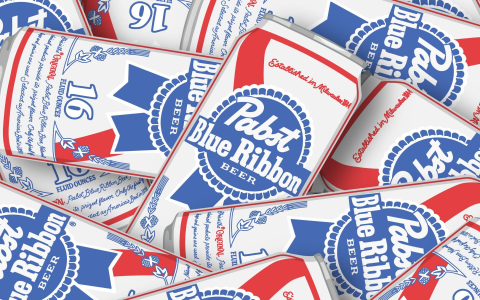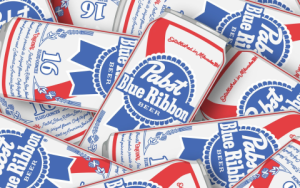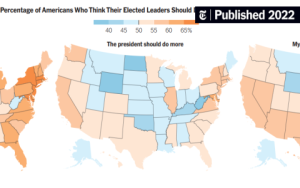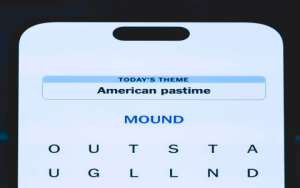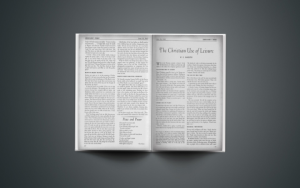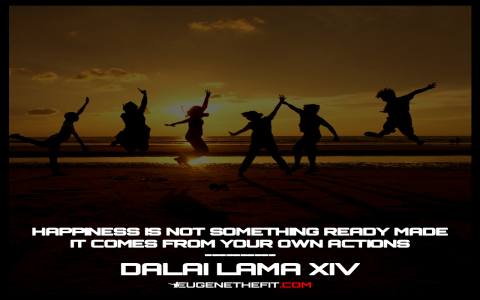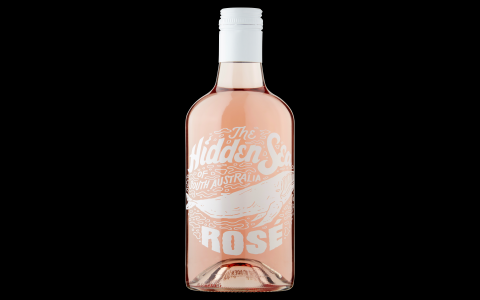Physically Based Rendering (PBR) fundamentally changes how light interacts with materials in computer graphics, resulting in significantly more realistic and convincing visuals compared to older methodologies. Here's why it excels:
1. Adherence to Physical Principles
PBR workflows are grounded in the physics of how light actually interacts with matter. They model key phenomena:
- Microfacet Theory: Represents surfaces as countless tiny facets, accurately simulating how light reflects and refracts.
- Energy Conservation: Materials cannot reflect more light than they receive. Diffuse and specular components balance correctly.
- Fresnel Effect: Models the increase in reflectivity at grazing angles, crucial for realism (e.g., water, metallic surfaces).
This physics-based foundation inherently leads to materials that behave predictably and realistically under varying lighting conditions.

2. Unmatched Material Consistency
PBR provides a unified, standardized set of parameters:
- Base Color/Albedo: Pure color without lighting information (e.g., diffuse texture minus shadows/baked AO).
- Metalness: Defines if a surface is dielectric (non-metal, 0.0) or conductor (metal, 1.0), driving correct Fresnel behavior.
- Roughness/Smoothness: Controls the microsurface scattering, determining blurriness of reflections and sharpness of highlights.
This standardization ensures materials look consistent and react correctly when placed under any lighting environment, eliminating guesswork for artists.
3. Streamlined Artistic Workflow
- Intuitive Controls: Parameters like Roughness and Metalness are artist-friendly and correspond to observable physical properties.
- Real-Time Feedback: Material creation within PBR workflows provides immediate, accurate visual feedback under HDR lighting previews.
- Surface Definition, Not Shading: Artists focus on defining the intrinsic properties of the surface material itself (color, metallic nature, micro-roughness), rather than trying to manually paint complex lighting responses.
4. Seamless Environment Integration
PBR materials are designed to work inherently with:
- High Dynamic Range (HDR) Environment Lighting (Image-Based Lighting - IBL): Materials react realistically to the full intensity and color range of surrounding light captured in HDR images or procedural environments.
- Dynamic Lights: Point lights, spotlights, and directional lights interact with the material properties in physically plausible ways without requiring material tweaks.
Materials seamlessly adapt to vastly different environments without losing visual integrity.
5. Industry Standard & Future-Proofing
PBR is the dominant paradigm across:
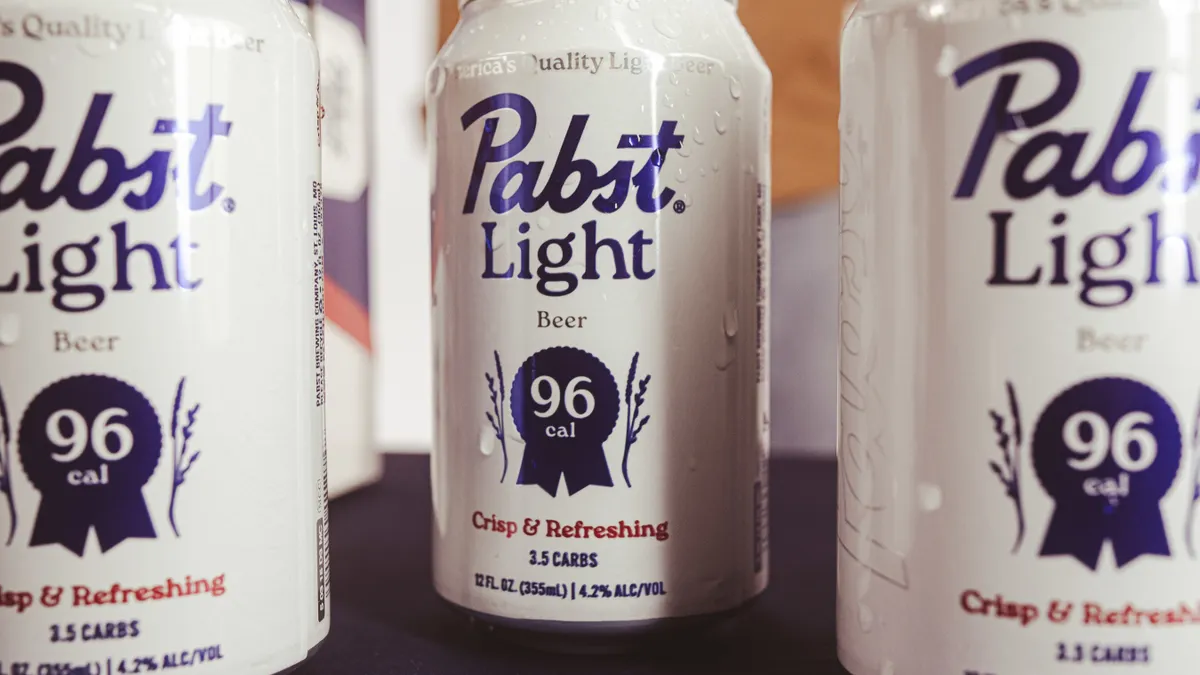
- Game Engines (Unreal Engine, Unity, Frostbite, etc.)
- Offline Renderers
- Modern DCC Tools
Using PBR ensures compatibility across the modern production pipeline, facilitates asset sharing, leverages the latest engine advancements optimized for PBR (like advanced GI techniques), and guarantees the longevity of art assets as technology evolves.
Conclusion
PBR lighting looks better because it respects physics (energy conservation, Fresnel, microfacet), ensures material consistency across diverse lighting, streamlines artistry through intuitive controls and real-world parameters, integrates seamlessly with modern lighting systems (HDR/IBL), and is the established industry standard. This combination delivers unparalleled realism, predictability, and efficiency, making it an essential approach for creating high-quality visuals.

